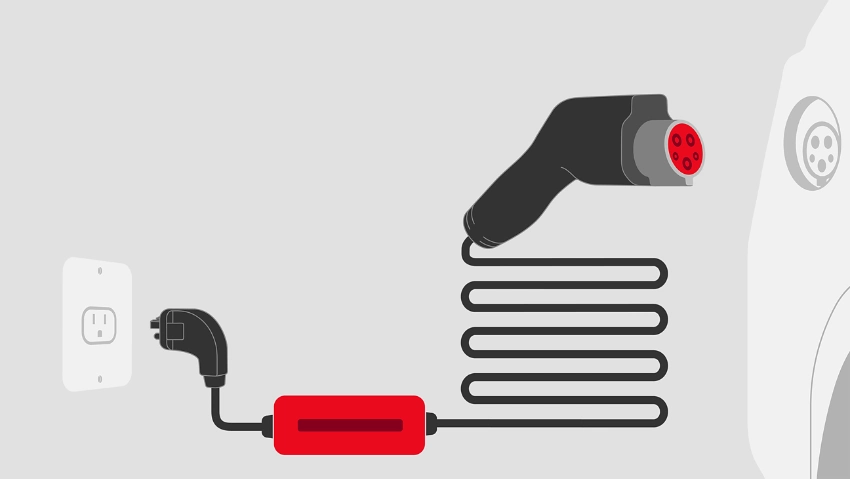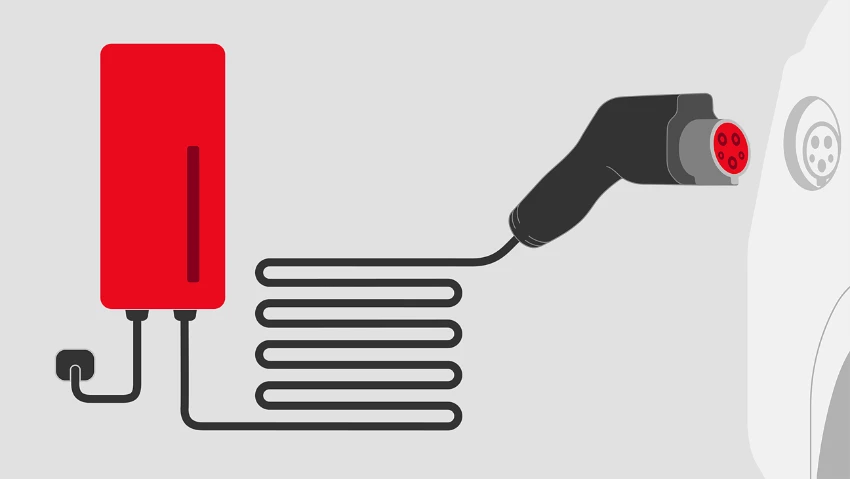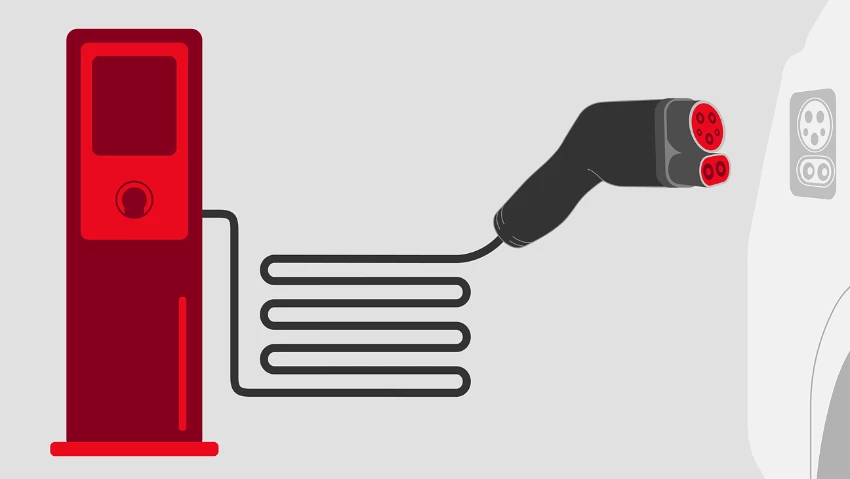
Boost Your EV Knowledge
Electric Charger Options
- A great pick for drivers with short commutes
- You can charge anywhere there is a common household 3-prong outlet
- The best setup for faster charging at home
- Can be installed at home by a licensed electrician
- You can find Level 2 chargers at public charging stations
- Can usually be the quickest way to charge up on the go
- Currently only available in public charging stations
Partner Exclusive Offers
Get exclusive savings on solar installation and electrical upgrades to prepare your home for an EV lifestyle{2}.
Benefits of Owning an EV in Hawaii

HOV Lane Access
Electric vehicle drivers in Hawaii are exempt from the 2+ passenger restriction for the carpool lanes.{1}

Zero Tailpipe Emissions
Help to reduce your carbon footprint with a zero-emission vehicle.
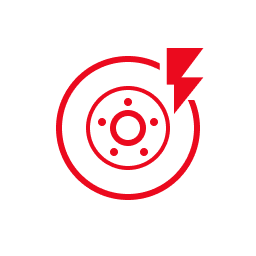
Regenerative Braking
Regenerative brakes can help convert your braking energy into electricity to recharge the battery and extend the car’s range.
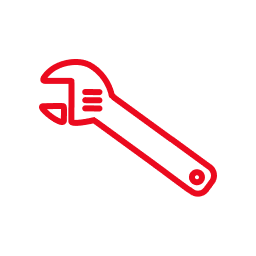
Save on Maintenance
Without a combustion engine, there is no need for oil or transmission fluid changes. Regenerative braking also helps to reduce maintenance by reducing brake wear.

Save with Electricity
With greater fuel efficiency on all-electric vehicles, you can go further on less. Combined with the convenience of at-home charging, your electric car can also save you time and effort.
Frequently Asked Questions
All-electric vehicles can be charged at home with Level 1 or Level 2 charging solutions, or at public charging stations with Level 2 and Level 3.
There are three different all-electric vehicle charging levels.
Level 1 is the basic charging solution. Primarily for home use, Level 1 charging cables plug directly into a standard wall outlet. They are usually included with the vehicle and are totally portable, so they can go where you and your vehicle go. This is the slowest option, however, with all-electric vehicles requiring days to reach a full charge. Because of this charging time, Level 1 is best used with plug-in hybrids.
Level 2 is a more powerful AC charging solution that is commonly found both at home and at public charging stations. Level 2 chargers are ideal for charging all-electric vehicles overnight, but for home use, the equipment must be purchased and installed by a licensed electrician.
Level 3 is also known as “DC Fast Charging,” and usually can be the quickest charging solution. This is partially because it outputs DC electricity, which means the vehicle doesn’t need to convert incoming AC first. Level 3 is not practical for residential use and is only found at select public charging stations. Charge time will vary widely depending on outside temperature and other factors.
The actual fill-up process is similar to that of a gasoline vehicle—simply insert the connector into the vehicle and charging will begin. In fact, most all-electric vehicles will also allow you to set a charging schedule to take advantage of varying electricity rates throughout the day.
This charging process can vary depending on equipment and location. Watch the 'How to: EV Charging' video on this page to learn more.
The actual fill-up process is similar to that of a gasoline vehicle—simply insert the connector into the vehicle and charging will begin. In fact, most all-electric vehicles will also allow you to set a charging schedule to take advantage of varying electricity rates throughout the day.
Explore Our Battery Electric and Plug-In Hybrid Vehicles
3 Models
